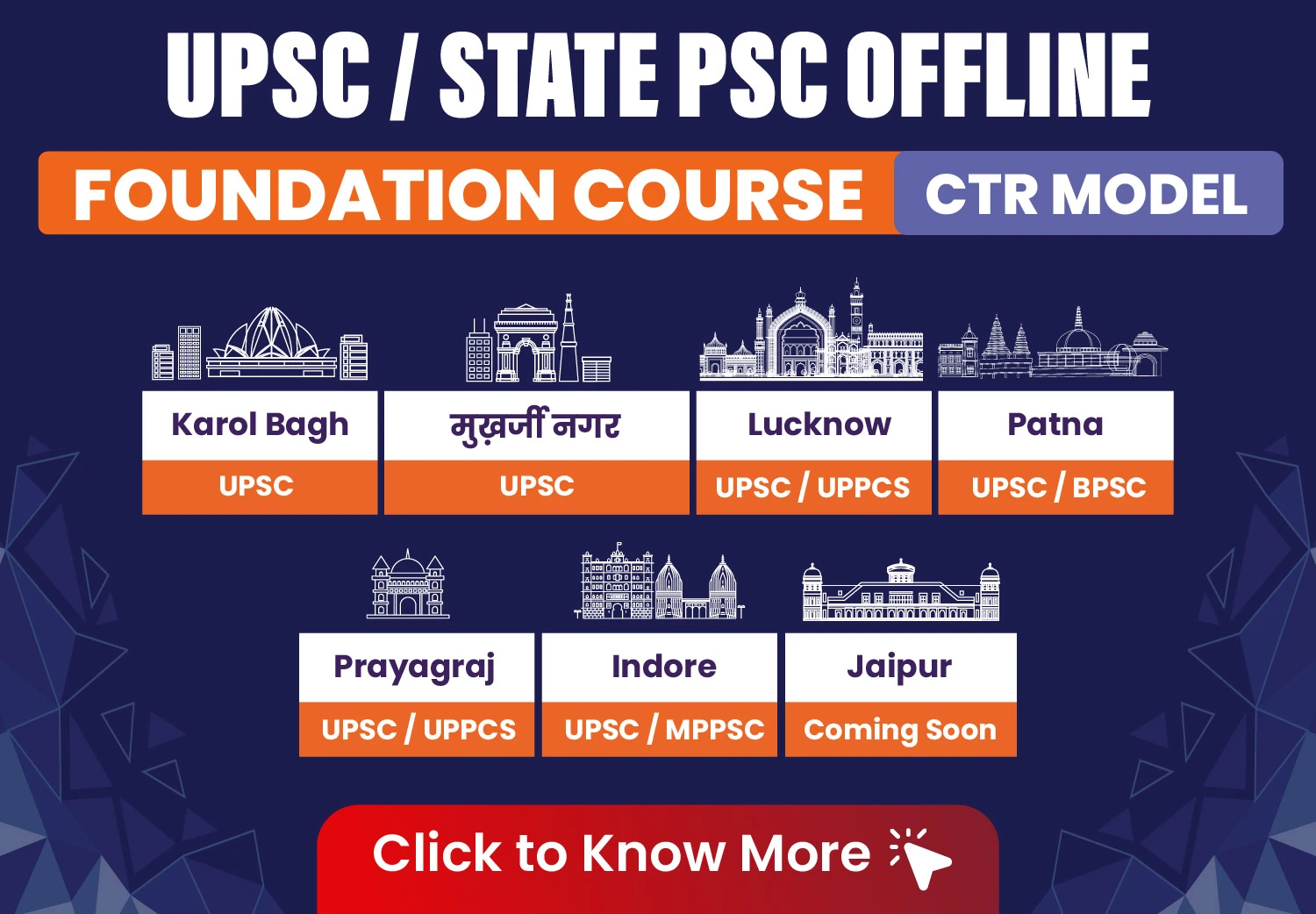Amid growing uncertainty in global security and China’s assertiveness, India and Australia are forging deeper defence ties
Motivation behind deepening of India-Australia ties
- Global Shockwaves: Donald Trump’s return to the White House has disrupted the global security order. His transactional approach and push for NATO burden-sharing has made security commitments more uncertain.
- Indo-Pacific Repercussions: The Indo-Pacific region now faces a pivotal moment. However, this also offers a strategic opening for middle powers like India and Australia to deepen their defence cooperation.
- Lack of U.S. Security Guarantees: For decades, the U.S. provided security assurances to key Indo-Pacific allies like Japan and South Korea, enabling them to focus on economic growth while relying on American military protection.
- Strategic Dependence: Japan maintained a pacifist defence posture under U.S. protection, while South Korea relied on American presence to deter North Korean threats.
- Transactional Diplomacy: Under the Trump administration, U.S. foreign policy became more transactional, tying support to financial contributions and diminishing trust in longstanding alliances.
- Rising Concerns Among Core Allies: Allies such as Australia, Japan, and South Korea began doubting U.S. reliability
- Strategic Autonomy: In response, U.S. allies are now investing in self-defence capabilities and strengthening regional security ties beyond the American umbrella.
- Strategic Realignment: Australia is deepening ties with India amid rising concerns over China’s assertive regional posture.
- Belt and Road: China’s BRI has sparked fears of debt-trap diplomacy and expanding strategic influence across Asia.
- Democratic and Reliable Partners: Australia is turning to like-minded partners like India that uphold sovereignty and rule-based norms.
- Strategic Geography: Australia spans both the Indian and Pacific Oceans, with military presence close to Southeast Asia. This geography complements India’s maritime ambitions.
- Operational Synergies: The Australian Defence Force (ADF) is skilled in coalition operations and has enhanced India’s capabilities — such as through the air-to-air refuelling arrangement.
Air-to-Air Refuelling
- About: Air-to-air refuelling is the process of transferring fuel from one aircraft (tanker) to another in mid-air, extending the receiving aircraft’s range, endurance, and mission capability.
- Strategic Importance: It enables fighter jets to fly longer distances without landing, crucial for surveillance, power projection, and rapid response in vast maritime zones like the Indo-Pacific.
- Interoperability and Reach: The agreement enables Indian Air Force (IAF) jets to refuel at Australian bases and vice versa, enhancing joint operations, especially during exercises like Exercise Malabar and Pitch Black.
|
India-Australia Relations
- Strong Ties: While India’s partnerships with Japan, South Korea, and Europe are important, its relationship with Australia has developed strong bureaucratic mechanisms.
- Security Partner: In the past decade, successive Australian Prime Ministers and PM Narendra Modi have elevated ties, with Canberra seeing India as a “top-tier security partner”.
- Key Frameworks: The partnership rests on frameworks like the Comprehensive Strategic Partnership (CSP) 2020 and the 2+2 Ministerial Dialogue launched in 2021 (Foreign and defence ministers of two countries) for high-level coordination.
- Practical Cooperation: Operational synergy is visible in:
- Mutual Logistics Support Agreement (MLSA): facilitates logistics during joint exercises and disaster relief.
- Air-to-Air Refuelling Agreement (2024): extends reach of Indian aircraft via Royal Australian Air Force.
- Military Exercises: Key engagements include , AUSTRAHIND (Army), AUSINDEX (Navy)and participation in Pitch Black and Malabar (India, Australia and Japan), showcasing a decade of military collaboration.
- Continental Challenges for India: India faces a live border dispute with China and faces threats from Pakistan, tying it to continental concerns.
- India only spends ten percent of the total defence budget on the Navy
- Australia’s Strategic Overhaul: Australia is rethinking its regional defence role, with a military overhaul, AUKUS alliance technology acquisitions and increased ties with Pacific Island nations
Reforms needed in India-Australia relations
- Beyond Navy-to-Navy Cooperation: India and Australia must rebalance their defence engagement beyond traditional comfort zones. While naval cooperation has matured, it’s time to break down service barriers.
- Integrated Joint Exercises: Both sides should engage in real-world joint military exercises and move towards a dedicated forum for joint staff talks.
- A major joint, combined exercise should be planned within the next decade to test collective capabilities.
- Upgrading Defence Representation: India must upgrade its Defence Adviser (DA) position in Canberra to a one-star rank. This reflects the strategic weight of the relationship.
- Balanced Service Representation: Since the DA role is traditionally held by the Navy, adding Army and Air Force assistants would balance inter-service inputs. Dedicated staff for Pacific Island engagement is also needed, relieving pressure on the existing DA.
- Listening to Operational Voices: Strategic dialogues should go beyond diplomatic niceties. It’s crucial to elevate ideas from working-level personnel, especially uniformed professionals with real-world experience.
- Wargaming and Fellowships: Steps like staff college fellowships, classified discussions, and regular war-gaming exchanges can generate fresh thinking and foster mutual trust.
- Expanding MRO Cooperation: India has built MRO ties with U.S. and British navies. This success can be extended to Australia through Maintenance, Repair, and Overhaul (MRO) collaboration for naval vessels.
- Joint Manufacturing of Patrol Boats: India and Australia should co-develop patrol boats for small island states in the Indian Ocean and Pacific. Though modest, such cooperation fosters shared technological exposure and platform familiarity.
- Harnessing the MSMEs: Most large Australian OEMs are field offices of Western or East Asian firms, limiting direct collaboration. The MSME sector remains an untapped opportunity.
- Startups and Dual-Use Technologies: Defence startups in both countries are strong in dual-use and component technologies. Cooperation here can drive cutting-edge innovation.
- INDUS X-Type Model: Both sides could launch an INDUS X-type initiative — aligning their indigenisation goals and enabling deep MSME engagement in defence manufacturing.
Conclusion
India and Australia are moving from a symbolic to an operational partnership, reflecting a strategic rebalancing beyond a US-centric architecture, with China’s assertiveness acting as a catalyst for deeper coordination, as the blueprint of a future Indo-Pacific alliance is being shaped today.
![]() 4 Jun 2025
4 Jun 2025

